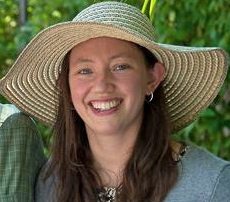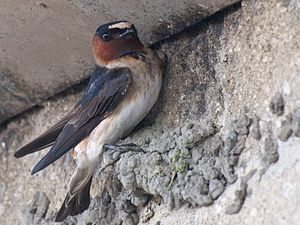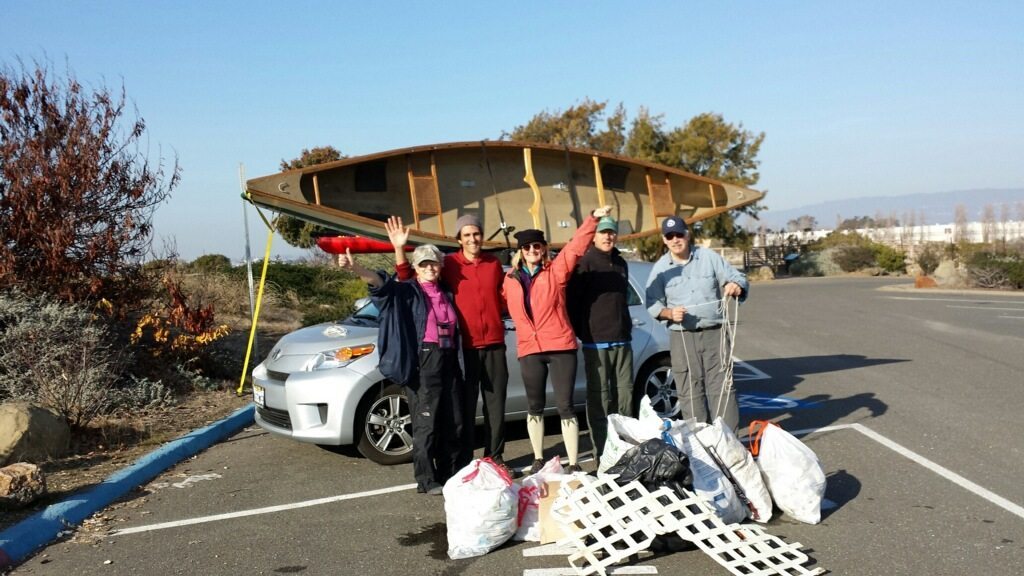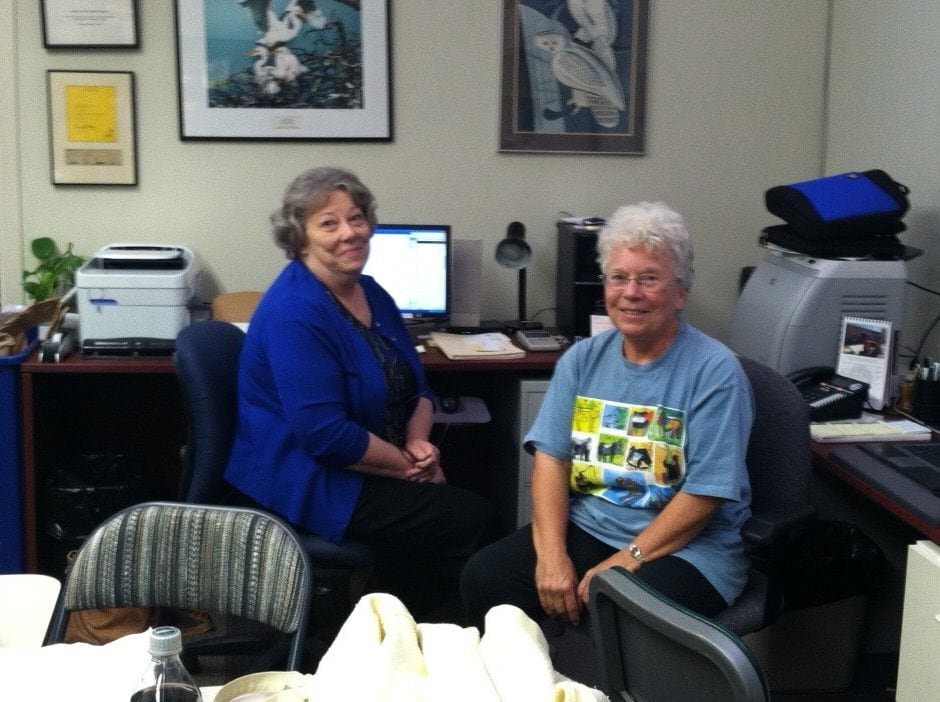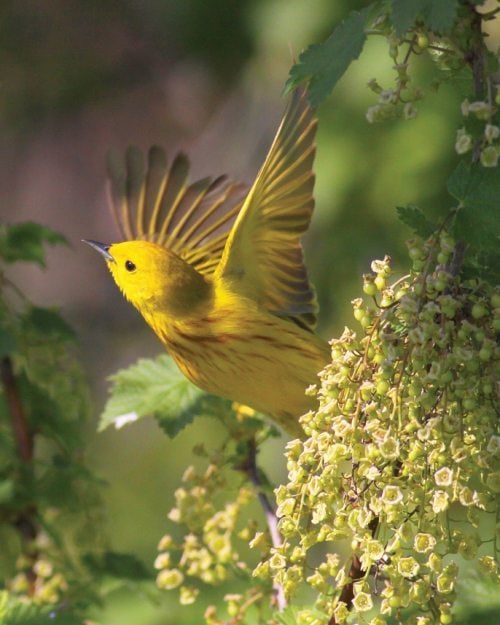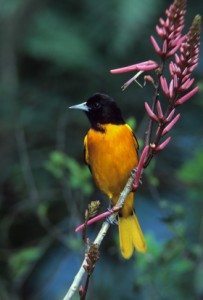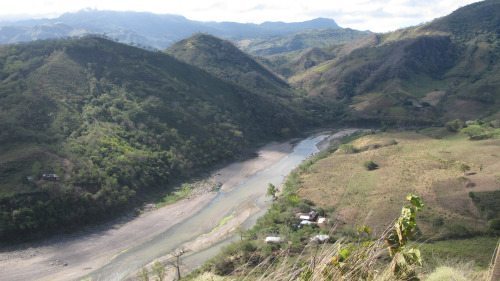Mike Lynes moves to Audubon California
Mike Lynes, Executive Director of Golden Gate Bird Alliance, will be stepping down from GGBA to become Director of Public Policy for Audubon California on March 10.
We’ll miss Mike but look forward to working with him on statewide conservation issues! Here are letters about the transition from Mike and from Carey Knecht, chair of the GGBA Board of Directors.
———————————————————-
A Letter from Executive Director Mike Lynes
After five years of working with Golden Gate Bird Alliance, I will be moving on – though not going far. Starting on March 10, I will be joining Audubon California as its new Director of Public Policy.
 Executive Director Mike Lynes
Executive Director Mike Lynes
I’ve been honored to serve at GGBA, an organization with over 95 years’ experience in sharing the joy of knowing Bay Area birds. It has been a great pleasure working with the GGBA community. The passion and knowledge of GGBA’ many dedicated volunteers inspires and humbles me.
Since joining Golden Gate Bird Alliance in 2008, I’ve had the chance to work on many important issues affecting birds in the Bay Area — including wind turbines, human-caused disturbance on the Bay and shoreline, creating bird-safe buildings. In my past year as Executive Director, we’ve continued to expand our education and conservation programs while balancing the budget.
Although I will miss GGBA and its community, I intend to stay connected with the people and partnerships that I worked with here at GGBA. In my new role at Audubon California, I will be promoting policies that help birds throughout California, work that will support vital Bay Area bird populations.
I want to thank everyone who has been so supportive throughout my time here. The successes we’ve achieved would not have been possible without a community effort. I look forward to watching GGBA continue to grow, and continue its great work for birds and people who love them in the Bay Area.
Yours truly,
Mike Lynes Executive Director———————————————–
A Letter from Board of Directors Chair Carey Knecht
Please join me and the rest of the Board in expressing our great gratitude to Mike for his service, and in wishing him the best as he departs for his next adventure. While we are sad to see Mike go, we are also excited to watch him continue his important work on policies that protect birds and their habitats.
The Board of Directors has already initiated a search for a new Executive Director and intends to recruit and hire one as soon as we can.…


